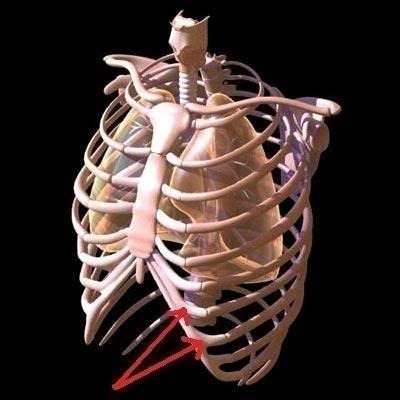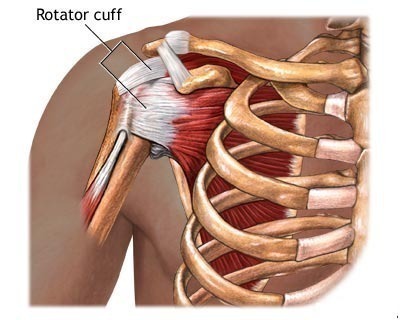Neck Pain
Neck pain can be a very uncomfortable experience. Also referred to as cervicalgia, this medical condition can cause stabbing pain that may seriously affect the upper, lower, left and right side of the neck. Based on reports, about two-thirds of the world’s population has been affected by this illness. This condition is linked to many factors and causes, some of the most famous of which are emotional health, physical health and spinal issues.
Neck Pain Symptoms
The symptoms of neck pain include tingling sensations, burning pain and neck soreness. It may also include weakness, numbness and sharp pain in your arm. Sometimes, patients can experience dull pain somewhere around the shoulder blades area. In some cases, patients experience nausea, dizziness and chronic headache. Aside from the stabbing pain, there is also unintentional weight loss, tiredness and night sweats.
People who are suffering from this condition must seek professional help especially when there is tingling sensation, weakness and numbness within the affected area. Furthermore, be sure to consult a physician when experiencing severe tenderness, sensitivity to light and high fever. These are signs of emergency and must not be taken for granted.
Causes of Neck Pain
This condition can be caused by numerous factors. For lesser neck pain, the usual causes are whiplash, muscular strain and referred pain. Likewise, expect to suffer slight pain after minor falls and injuries, prolonged postures and emotional as well as physical stress. Aside from these common causes, there are also severe causes that require immediate attention. These include spinal disc herniation, spinal stenosis and spondylosis. Sometimes, the pain may be caused by other major factors such as infections, acute coronary syndrome and carotid artery dissection.
Neck Pain Diagnosis
Experts in the medical field use a variety of important methods to diagnose this condition. The main purpose of this is to determine the so-called anatomic pain generator. First, they check the medical background of the patient, after which they conduct a thorough physical examination. Although misleading at times, diagnostic imaging can actually help in determining the problems. Magnetic Resonance Imaging or MRI is another possible option.
Neck Pain Relief
Numerous medications can be used to offer relief from neck pain. Non-steroidal anti-inflammatory drugs or analgesics are among the best possible options. Sometimes, muscle relaxants are also used such as tizanidine and orphenadrine. There are also patches and topical creams available that can offer instant relief from such painful condition. For chronic mechanical neck disorders, many physicians recommend conservative treatment, which involves exercise plus manipulation. When associated with serious diseases like cancer, the use of surgery is a possible option.







